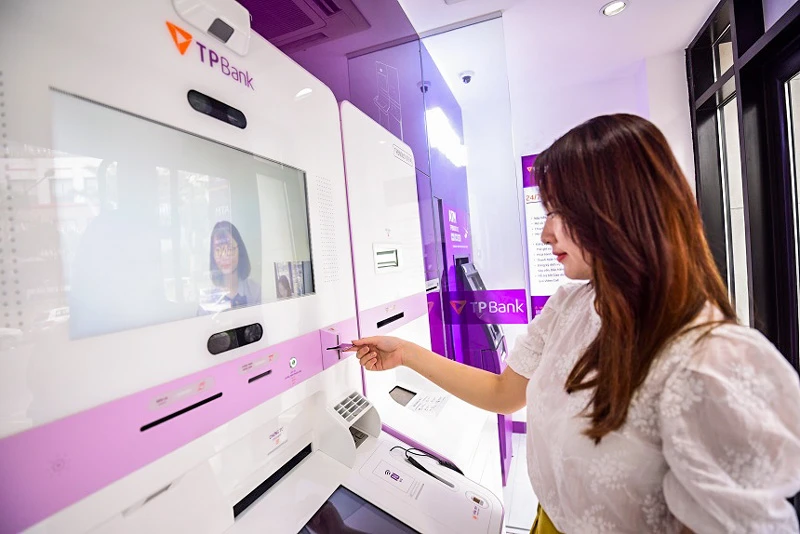
Digital bank categories
According to experts at IBM, the digital banking model is divided into four categories. The first Category A is a digital bank brand. Specifically, many longstanding traditional banks are approaching younger customers but do not want to change the image of the bank with existing customers. This means establishing a new digital bank brand through redesigned products, and selling policies or promoting bank to younger customers. This is a safe strategy and exploits the most of the existing resources of the parent bank.
The second Category B comes under a digital bank distribution channel which enhances the first Category A. This Category B provides new online and mobile applications focused on user experience with use of existing office and traditional banking operational methods. To this the bank then builds and releases products and services with an enhanced user interface, completely different from existing banking products and services.
The third Category C is a digital bank which is like a subsidiary. It is an independent banking model with the entire system operating completely separate from parent company.
The fourth Category D is a purely digital bank that builds product value entirely on the core methods of digital technology. Some banks built under this category guidelines may not have any branches. Customers in such banks will interact mainly through digital channels only.
While looking at these four categories of digital banking, it is clear that banks in Vietnam currently come under Category A and Category B. Banks in Vietnam still depend on the traditional business models, but have redesigned some products and services to better suit new customer trends. Currently, only Timo-Digital Bank is adopting more bold methods by separating their distribution channel into an independent branch operating on an independent digital platform, and the products and services and sales policies are completely independent as well, hence we can say that the Timo-Digital Bank comes under the third Category C.
However, this is just a factor to becoming a digital bank and it must continue to cooperate with traditional banks to create customer experience. The recently launched Vietcombank service, namely, VCB Digibank, is based on consolidating online transaction platforms and will replace the earlier Internet Banking and Mobile Banking services, which is still only evaluated as Category B.
Compared to the concept of pure digital banking, fully digital banking communicates completely with customers only on mobile applications or personal computers. Vietnam does not have an actual digital bank and a majority of respondents believe that digital banking in Vietnam is in a formative stage, or a step closer to adopting digital technology in operations.
Legal barriers
An expert in banking technology shared that all banks now tend to apply technology in their operations, but to what extent no one knows. As banks only present their growth plan, there is no information on their planned investment in digital technology. Most banks say they are in the process of developing digital banks, but when they will become actual digital banks is still a big question. Some big banks like Vietcombank and Vietinbank are just transitioning towards digital banking. Currently, traditional banks are still very popular in the country.
There is still limited popularity for mobile banking and online banking. It is worth mentioning that digital banking still faces a very important barrier on the legal corridor. This is also the reason why the World Bank is willing to spend money annually to help Vietnam develop the financial sector comprehensively and develop financial knowledge in the community. Moreover, simple digital conversion will cost tens of billions of dong, but methodical investment can be upto thousands of billion dong. While foreign banks strongly invest in digitalizing their subsidiary banks to develop independently, Vietnamese banks mainly apply technology to the parent bank but do not separate from it.
In order for digital banks to develop and succeed, all customer transactions must be allowed to take place anytime and anywhere, instead of customers having to go physically to bank branches with ID cards and relevant documents to process their needs. However, to do this, it is necessary to synchronize with the electronic citizenship identification system (eID) and online customer identification system (eKYC). Currently, only a few banks such as VPBank, TPBank, HDBank, and Ban Viet bank have been allowed pilot applications for use of eKYC.
Another legal barrier is the law on Electronic Transactions issued by the Government, which only regulates the terms of electronic transactions. There are no regulations on digital signatures, electronic documents and legality concerning any disputes. Therefore, an actual digital bank can only operate with legalized infrastructure. Besides this, there are factors such as privacy, and the sharing of personal information that have to be considered.




















